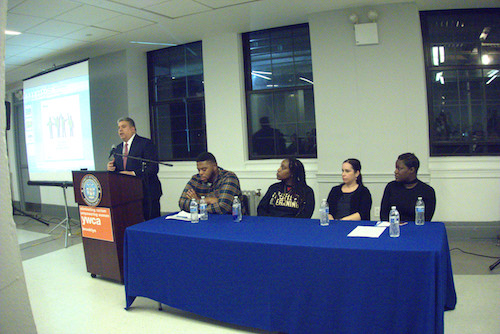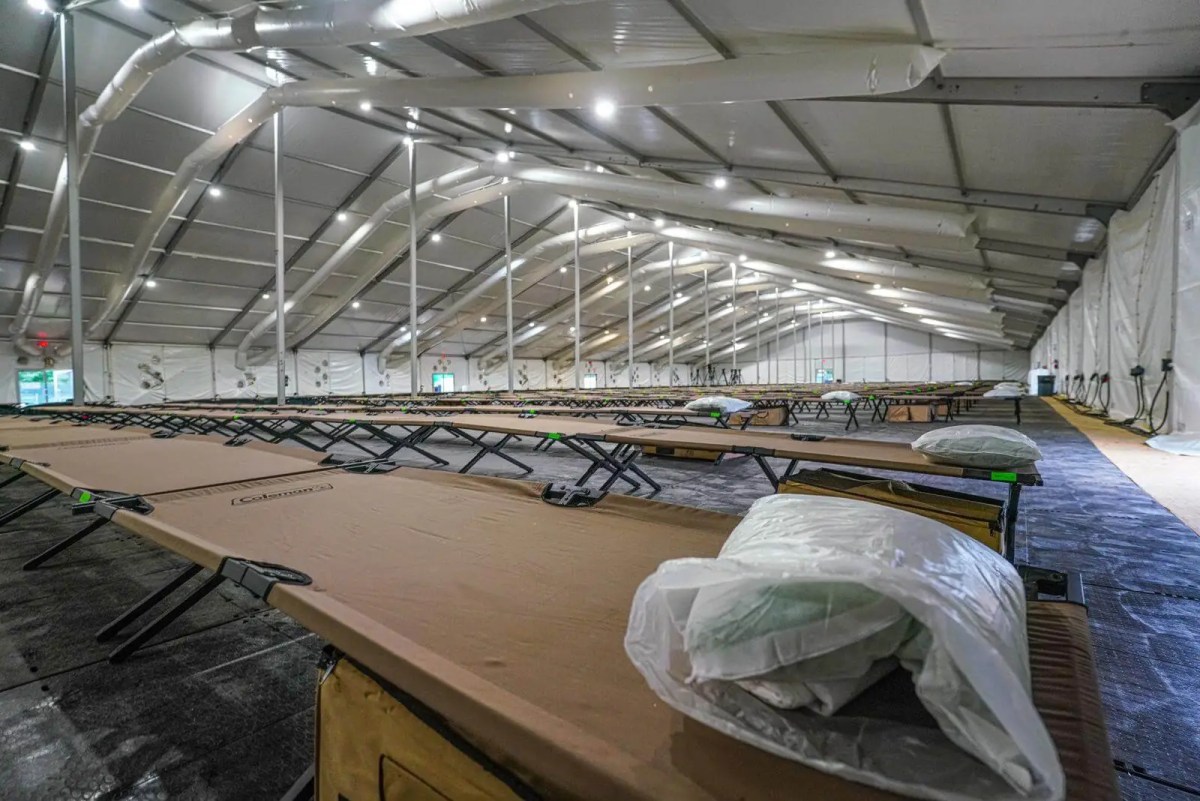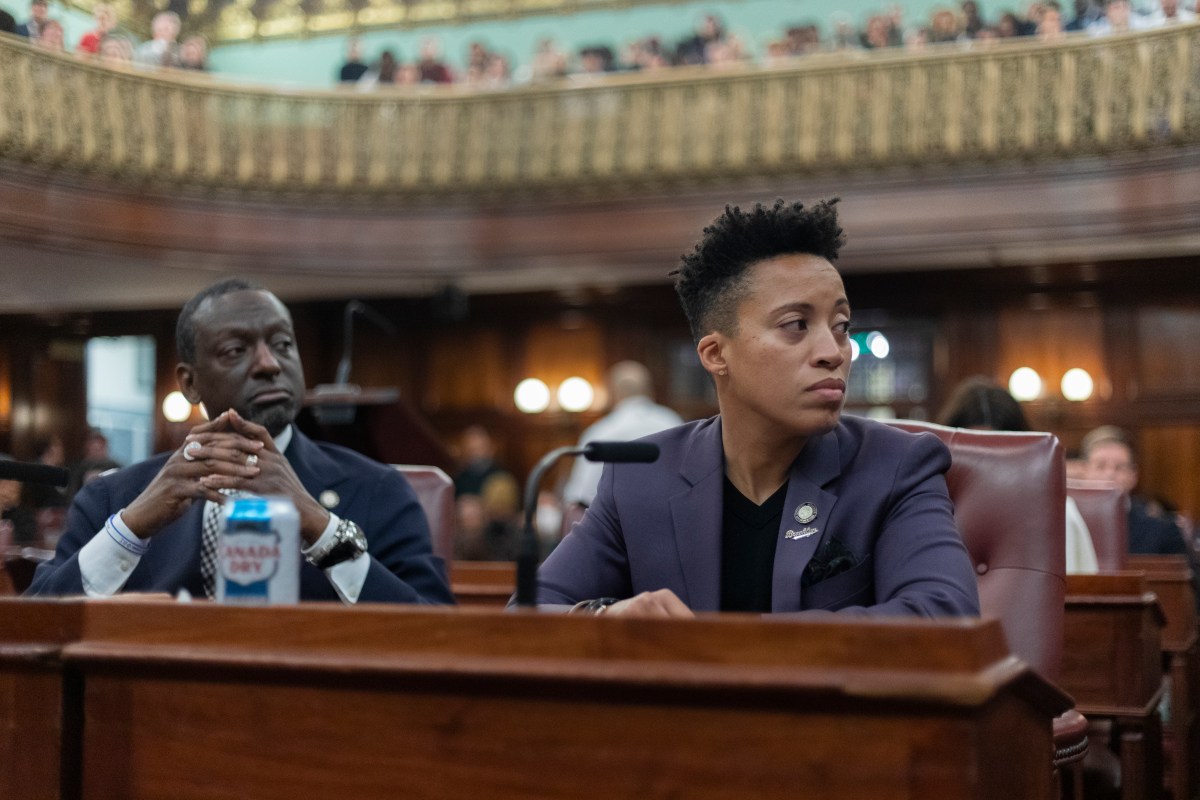Kings County District Attorney Eric Gonzalez came together with youth advocates last night at the YWCA’s Social Justice Community Center, 30 3rd Avenue in Boerum Hill to discuss strategies to prevent human trafficking of youth.
Estimates suggest that each year at least 100,000 American children become victims of sex trafficking, according to the National Report on Domestic Minor Sex Trafficking. The U.S State Department reports that roughly 17,500 victims are trafficked into the United States each year. Because of its trade routes and job opportunities, New York City is considered a major hub for trafficking.
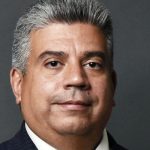
Last year, Gonzalez’ office created the Brooklyn Human Trafficking Task Force (BKHTTF) and Human Trafficking Unit (KCDAO) to combat the problem. The two units worked with Safe Horizon, a non-profit organization providing social services for victims of abuse and violent crime, to create the Labor Trafficking Pilot program. The goals included raising awareness and engaging Brooklyn communities in the struggle against human trafficking.
“It’s not enough that we have this task force, it’s important that we make sure that we are on the cutting edge of investigating and prosecuting these cases,” said Gonzalez. “Preventing the trafficking of youth is the theme of today, and it’s an evil that unfortunately we see at the DA’s office all to often.”
Gonzalez said that one of the misconceptions around trafficking was that only “troubled youth” get trafficked, “but I know in this room we know better.
“While we do focus often on people in vulnerable populations, we need to make sure that people understand that anyone can be trafficked. Anyone can find themselves in a vulnerable moment in their life, where this could happen to them,” he said.
Panelists at the event discussed treatment and prevention, as well as risk factors and outreach programs for victims and at-risk populations. They were joined by Parlay, a Brooklyn native spoken word artist, educator, and motivational speaker, who performed freestyle poetry responding to the issues brought up by fellow panelists.

Child Abuse pediatrician Dr. Dana Kaplan explained that there are three levels to human trafficking prevention. The “primary” level and “secondary” levels focus on preventing trafficking before it happens.
While the “primary” is mostly universal, the “secondary” focuses on particular at-risk groups, especially youth with “Adverse Childhood Experiences,” traumatic events involving abuse, neglect, or unstable home situations. Undocumented immigrants or runaways are also vulnerable, as traffickers can use their lack of identification or documentation against them.
The “tertiary” level focuses on responding to victims of human trafficking after or during the abuse: providing psychological support and medical treatment. Dr. Kaplan said that she provided patients with STI and HIV testing, general medical treatment, and contraceptives. She added that about half of her patients came back for follow-up, but she was never sure if a patient would be able to return.
She said that too often, doctors and counselors falsely believe that their goal is to remove the patient from “the life.” She argued that doctors should focus on providing treatment and relief, while slowly building trust with their patient.
“The most important part of tertiary prevention is to gain rapport and trust. There’s going to be lies, there’s going to be guardedness, the patient might not want to tell you what’s going on,” said Kaplan, who is the Director of Child Abuse and Neglect for the department of Pediatrics at Staten Island University Hospital. “Don’t dispute the facts, don’t judge, don’t make promises you can’t keep, and don’t try to rescue the patient.”
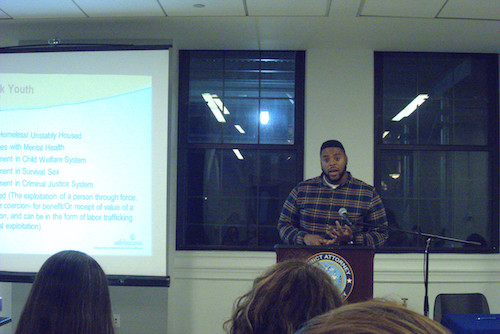
Sebastian Vante, coordinator of Safe Horizon’s StreetWork Project, said that building trust and lowering the barriers to services is key. The StreetWork was founded in 1984 as a pilot program to respond to at-risk youth in Times Square.
The project provides mobile outreach (spreading information, food, sleeping bags, and other supplies to homeless and unstably housed youth), drop-in locations in Harlem and the Lower East Side, and a crisis shelter for victims.
Vante said that StreetWork Project sites don’t require IDs, have short intake processes and no metal detectors, and use a nonjudgemental approach. He added that there were significant misconceptions around trafficking: that young men are not victimized by it, or that it must always be based in physical force, rather than fraud or coercion.
Shaquana Blount is an outreach worker with Girls Educational and Mentoring Services (GEMS). GEMS works to empower young women 12-24 who have experienced, or are experiencing, commercial sexual exploitation and domestic trafficking.
A survivor herself, Blount says that when she was 14 and at a Juvenile Detention center for prostitution, she met an outreach worker for GEMS. She has worked with them ever since.
“Living in the city, being a young person, being in the system, living in poverty, those are things that unfortunately put you at risk. If it does happen, it doesn’t make you the bad guy. It’s really refreshing to know that you are a victim, you do deserve services,” said Blount. “ For me, just going through this and having the ability to share my experiences with others, it’s a wonderful experience. I think that our voices deserve to be heard.”
Throughout the evening, Parlay performed spoken word poetry interspersed with the panelists discussions. She addressed the audience, taking randomly chosen words and using them to react to the issues raised.
“In New York City no one ever stops to look around at the chaos / I’ve seen bodies jump off of train tracks but I’ve never seen a body revive from trafficking,” she freestyled. “I’ve seen too many faces on TV screens in the morning before going to class or work saying these bodies are missing / so I’m wondering did they run or were they taken from?”


